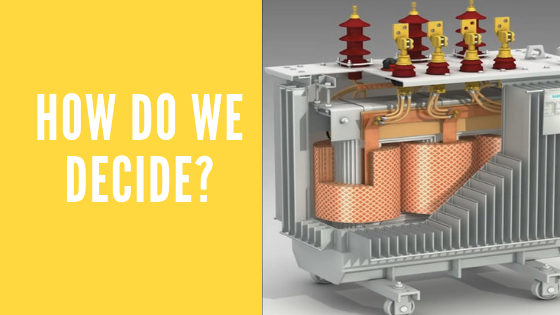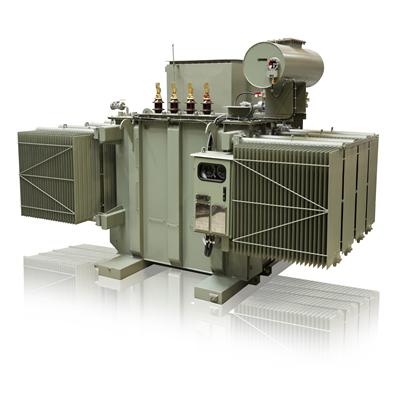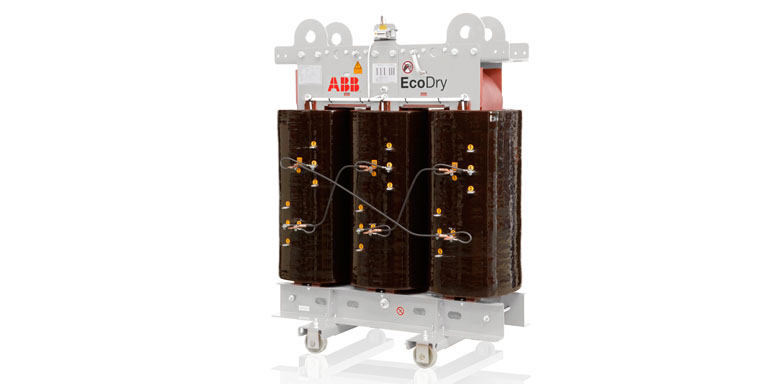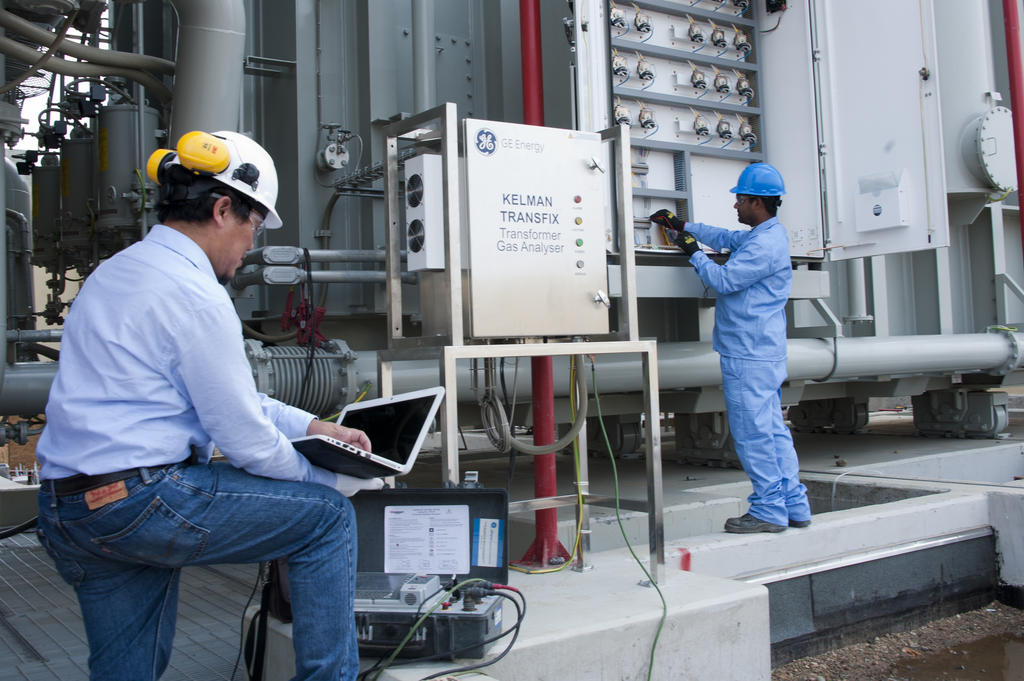Which is better: dry type and oil filled transformer?

The above question generally arises when someone is designing a power system for their project. This could be either a residential, commercial or industrial project and may vary depending on the nature of the project in hand. One of the key aspect is the issue that how do we power our system therefore selecting a dry type transformer or an oil filled transformer should be done after carefully considering few very important factors which we shall discuss in this article.
Before we start, let’s quickly try to understand the differences between a dry type and oil filled transformer.
Types of transformer
Oil Immersed Transformer
As the name suggests the coils in this type of transformers are immersed in oil (mostly mineral oil) which helps in keeping the temperature of the transformer under control. This oil dissipates the through the radiators which are attached on the tank of the transformer and are referred to as ONAN type transformer. To further improve the cooling of the transformer the radiators are installed with fans which helps in bringing down the temperature and referred to as ONAF type transformer. This type of transformer can reach high voltage capacity, in some cases 1000kV.
Dry Type Transformer
In this type of transformer, air is used as the cooling medium. They are made using vacuum pressure impregnation in polyester or silicone varnish. Some of them are also made using VPI epoxy and cast resin for tougher environmental conditions. Since they are limited with regards to cooling aspect the maximum voltage is limited up to 35kV.
Factors to consider for selection
Maintenance: There is no doubt that oil cooled transformer requires more maintenance procedures which needs to be performed more than dry type. The oil needs to be sampled and send for testing as a part of preventive maintenance and transformer oil filtration should be carried at least once every year, on the other hand the dry type transformers are very resistant to chemical contaminants.
Operational Cost: As compared to oil cooled transformer, dry type transformer have higher operating losses. While on the other hand oil cooled transformer have higher efficiency and therefore a longer life span.
Noise: Dry type transformer produce more noise as compared to oil cooled transformer
Recyclability: At the end of their service life, recycling of dry type transformer is very limited, where as oil units boast an easier core/coil reclamation. In addition to this, oil cooled have superior operating life and maintainability, producing less waste and requiring less replacements and labor.
Efficiency: As compared to oil filled transformer dry type transformer are bigger in size and are limited in voltage rating making them more prone to overheating if they experience overload therefore resulting in higher electrical losses and more expensive to maintain. On the other hand, oil immersed transformer take small environmental footprint.
Location: This is possibly the most important factor while considering which transformer to go with. Since dry type transformer can be considered to be environmentally safer since they pose less risk of fire, making them ideal for using in indoor applications like shopping malls, hospitals etc. Where as oil cooled transformer are ideal to be used in outdoor installations due to possibility of oil spillage and leaks which pose a fire risk.
Final Conclusion
Considering these factors, oil units seem, by all accounts, to be the better alternative overall with higher energy efficiency, recyclability, low noise pollution, lower operational costs and a small environmental foot print. In any case, oil units essentially can't be utilized in any circumstance. Dry type is the best and many times, preferred choice for business and indoor operations, since they are more secure units to work around individuals and areas where fire risks may exist.



